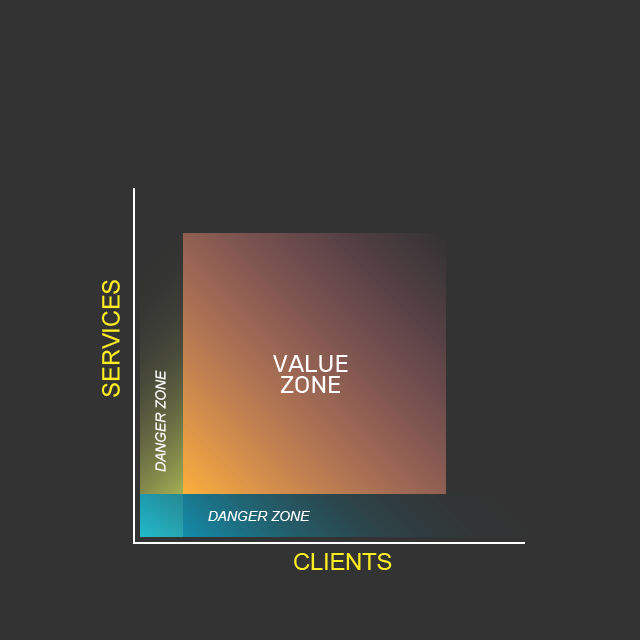
Vaccines are working, cities are full again, the dust is settling, or is it? Over the last six months the press and the media have emphasized furthermore the problem of empty cities due to the Covid-19 pandemic and the need for shops, restaurants, and venues to reopen.
Despite the great hopes of going back to our 2019 life and routine, we have to be honest with ourselves and admit the post-pandemic reality won’t be the same as yesterday. Too much has changed and this whole terrible period is now a trauma on our body and soul.
But how are we going to fend the next six months and eventually the whole 2022? Do we have a strategy beyond what governments and health experts have already told us? Apparently not. We are scrambling amidst the lack of exit plan from the pandemic, masks will continue to be part of our lives, hand sanitizers will be everywhere like smartphones, but what about people and their workplace?

I’ve seen a struggle of public relations coming from politicians and CEOs on the topic of working from home, or working away from within the walls of their companies both in the public and private sector. Smart working saved countless lives and brands were praised for the effort taken by their workers staying away from their offices, finding the living room environment more productive than their cubicle.
Let’s not just make smart working a publicity stunt by rushing workers to immediately go back to their desks or else. It already happened at the Washingtonian Media where employees stopped publishing for a day in protest of their CEO’s message on the consequence of not coming back to the office.
The worst strategy leaders can pull off is to publicly threaten their employees. Threatening workers to remove their healthcare, 401k, and other fundamental benefits that are essential to any individual is as cheap as it sounds. A shot below the belt that will cripple the fragile situation many are still facing due to the effects of Covid-19.
So what can companies do to facilitate the transition to “normality”? CEOs should first admit to themselves the world has drastically changed. We cannot turn back the clock just like it was two years ago. The post-summer period will be chaotic as flu season will cycle back threatening the global healthcare, offices will risk to become again hot spots for any disease to spread.

Employees who are threatened to go back to work from the office will look at their leaders under a whole new different light, CEOs will lose that precious trust from their workers that allows performance and confidence to strengthen their success, and trust has become a rare commodity to treasure. Many will leave and seek new and more hospitable companies to work for, places that can offer even better conditions by hiring talented professionals from high-ranking companies.
Brands should talk to their employees by offering options to keep work schedules flexible. Let workers give back by extending that trust that was placed on them when working remotely and keep it that way, allow them to choose by not forcing on them. This will create even stronger bonds between the management and employees, many will choose on their own will to work again from the office.
Workers have faced traumatic experiences getting ill or having a loved one becoming affected by the pandemic. Stressing this scenario will backfire immediately upon companies ignoring this element. People want normality back and working with less stress as possible will help them through the transition, many will take longer to adapt and that’s fine, we can’t rush certain things especially since their lives have been touched forever and companies are not today what they were yesterday. –



